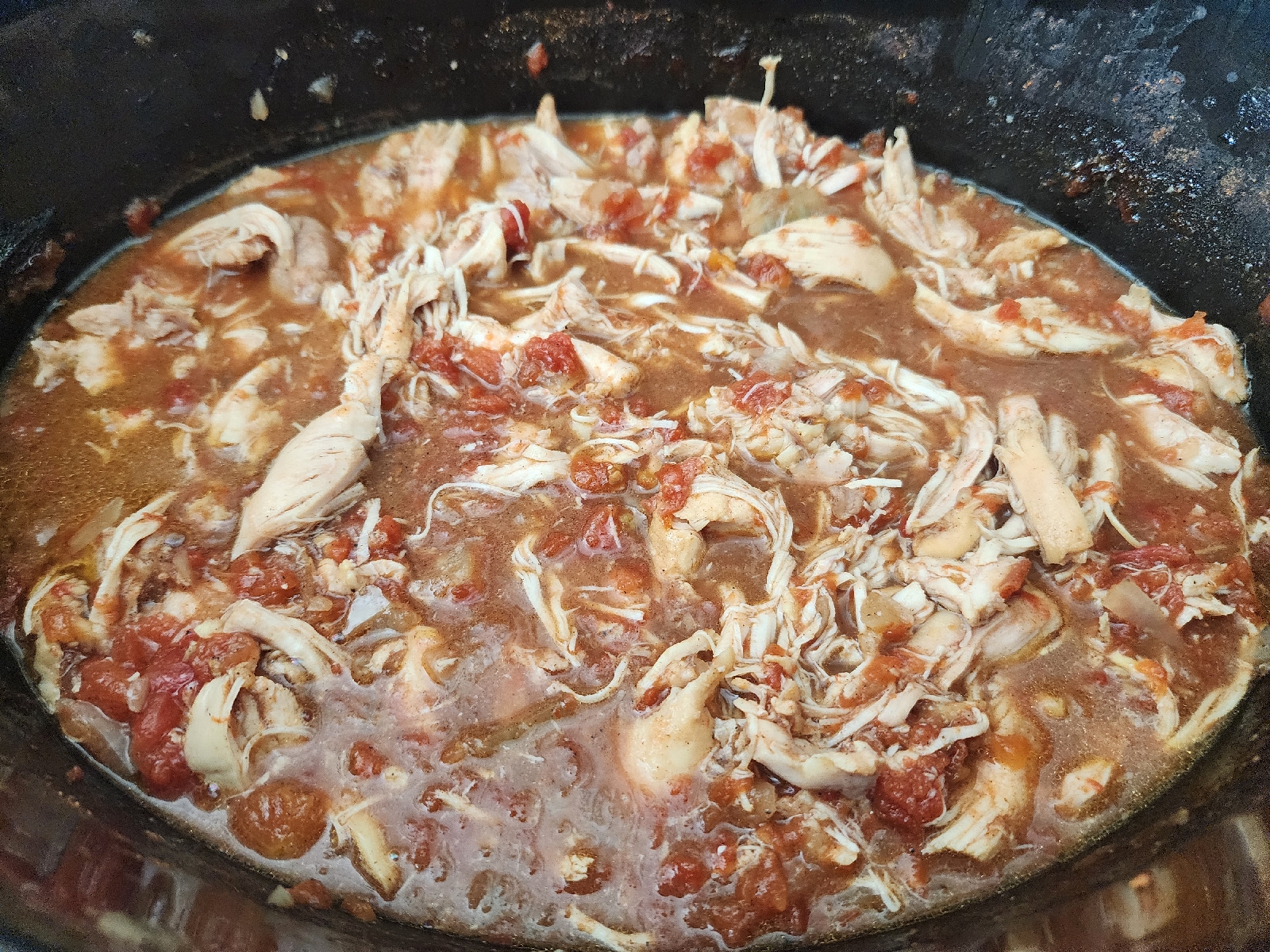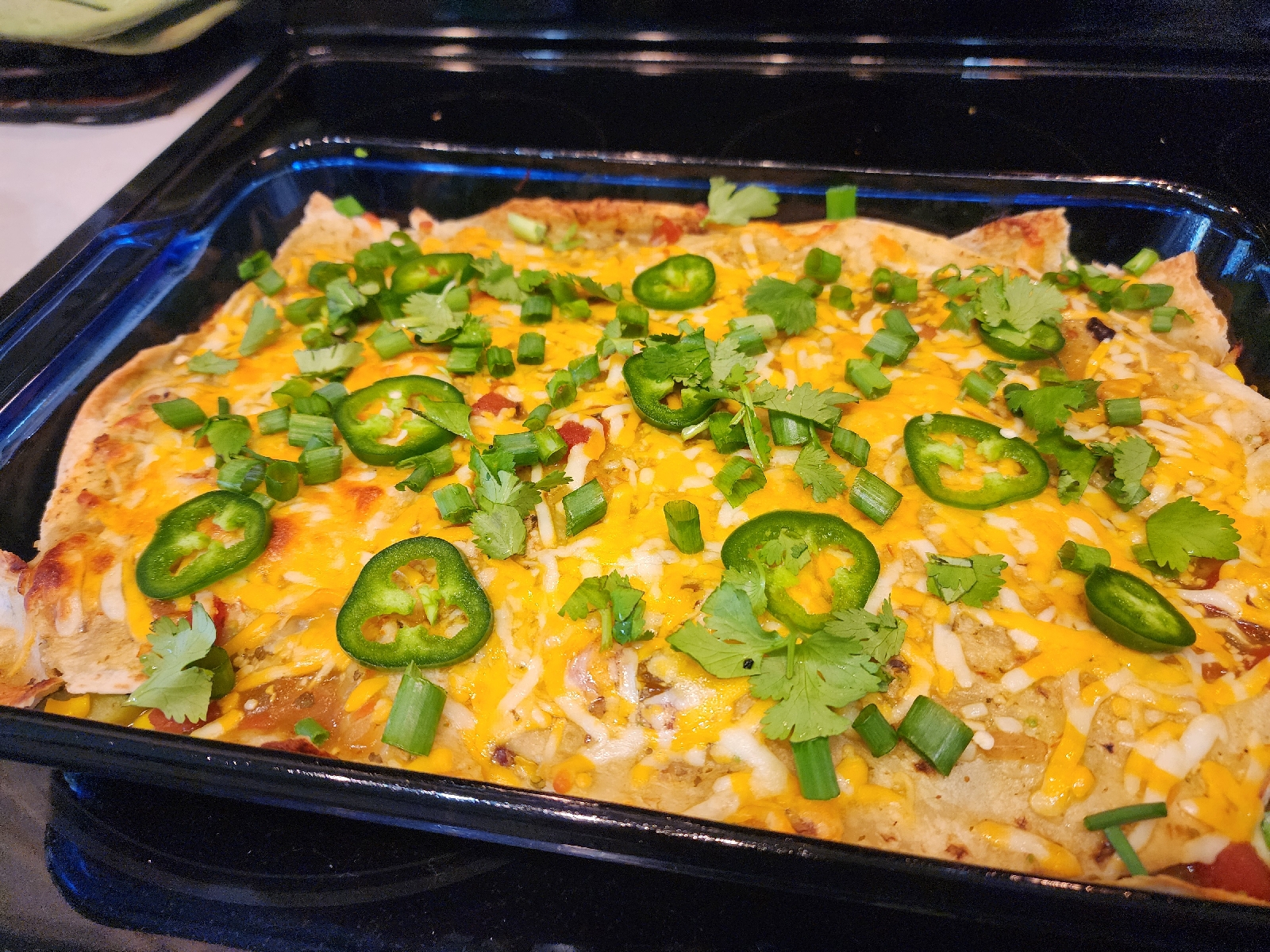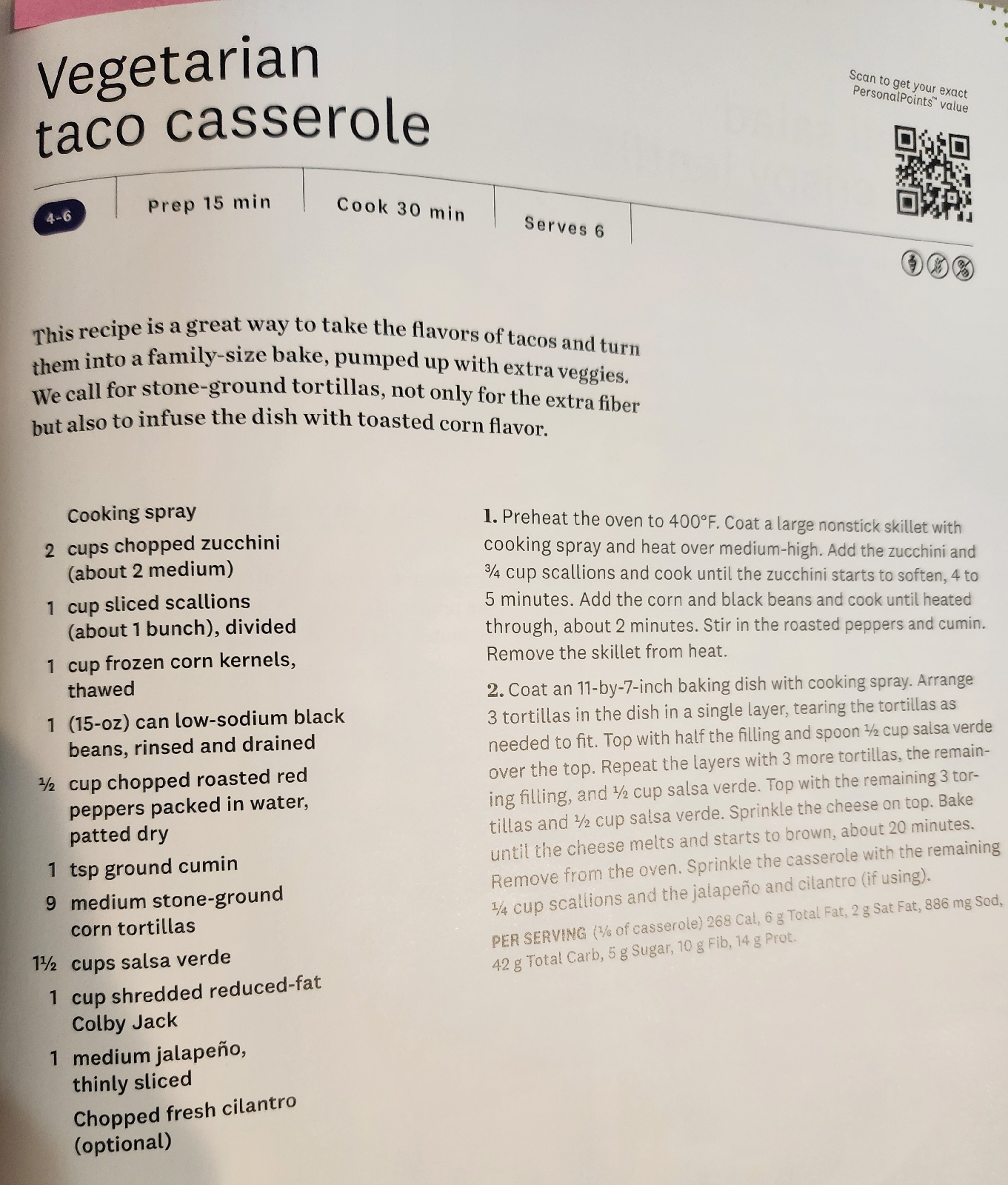Note: Be sure your oven is very clean before setting it at 500 degrees F.
Ingredients
1 8 lb Ribeye Roast, bone in
4T butter
2T olive oil
1T sea salt
1.5t fresh ground pepper
1t garlic powder
Directions
Bring meat to room temp 2h before cooking.
Put oven rack at second to the bottom location within oven.
Preheat oven to 500F. Make oven is clean first!
Sear each side for 3 minutes in butter or olive oil at high heat using a cast iron skillet to form a crust (can skip this step).
Transfer meat to sit on rack in the roaster, placing meat fat side up.
Pour olive oil over seared meat. Rub/press spice mixture into meat.
Put oven-safe meat thermometer into the meat and place in oven.
Roast meat uncovered for calculated time based on formula: 5 minutes per lb of meet. In this case, 40 minutes.
After time passes, turn off oven (DO NOT OPEN THE DOOR!) and let meat sit in oven for 2-3 hours or until meat thermometer reaches necessary temperature for desired doneness. 130F for medium. 120F to 125F for rare to medium rare.
If desired to have meat done faster, after one (or 2-3) hour of sitting in turned off oven, turn oven on to 300F and cook until internal temperature reaches desired doneness.
After desired internal temperature is reached, Remove meat from oven.
Let meat rest for 20 minutes.
Carves and serve.
Hot Mama Grade; A
Hot Mama Notes: This was a lot of rigamarole, but the meat turned out wonderfully, and my family truly enjoyed it as it as our Christmas meal. I would make it again if requested.
I took the meat out 1.5h early to have it be at room temperature. I meant to do 2h before, but time got away from me. Before turning the oven on, I cleaned it out. This recipe is a mixture of my brother in law's recipe plus the pioneer woman and allrecipe recipes referenced below. It was definitely a learning experience and very involved!
When I put the meat thermometer in after 1.5h at room temp, it still read 41F. I removed the meat from the oven at 130F for medium doneness.
https://www.allrecipes.com/recipe/97621/foolproof-rib-roast/
Rub the room temperature roast with seasonings and place it on a rack in a roasting pan with the fatty side up and the rib side on the bottom. Roast in a preheated oven for an hour, then turn off the oven. Let the roast stand in the hot oven for about three hours without opening the door. Heat the oven again and let the roast continue to cook until it reaches an internal temperature of at least 145 degrees F.
Rib Roast Seasonings
This rib roast is simply seasoned with salt, ground black pepper, and garlic powder. Of course, you can add more seasonings to taste (but make sure not to overpower the meat's natural flavor).
How Long to Cook a Rib Roast
This rib roast recipe should be done in a little under five hours, with about 90 minutes of actual cook time. You'll know the rib roast is done when an instant read thermometer inserted into the center reads at least 145 degrees F.
1 (5-pound) beef standing rib roast, at room-temperature (let sit out for 1 hour before starting recipe)
2 teaspoons salt
1 teaspoon ground black pepper
1 teaspoon garlic powder
https://www.thepioneerwoman.com/food-cooking/recipes/a10448/prime-rib/
1 whole rib eye roast (you can use boneless or bone-in prime rib) about 14 lb.
6 Tbsp. olive oil, divided
4 Tbsp. tri-color peppercorns (or any peppercorns)
3 sprigs rosemary
3 sprigs thyme
1/2 c. kosher salt
1/2 c. minced garlic
Directions
1
Preheat oven to 500°F. Remove the roast from the refrigerator and let sit at room temperature for 30 minutes to 1 hour.
2
Cut the rib loin in half (roast halves separately for more controlled/even cooking.)
3
Heat a large heavy bottomed skillet over very high heat. Add 2 tablespoons of oil and sear both halves until they're a nice dark golden color. Place the tricolor peppercorns into a bag; use a rolling pin to crush the peppercorns. Strip the leaves from the rosemary and thyme springs. Mix the salt, crushed peppercorns, rosemary leaves, thyme leaves, and garlic.
4
Pour the remaining 4 tablespoons of olive oil over the rib loin and pour on the rub mix. Pat slightly to get it to stick to the meat. Roast for 20 to 30 minutes, then reduce the heat to 300°F and roast until a meat thermometer registers 125°F for rare/medium rare, 30 to 50 minutes (the roast will continue to cook slightly after removing from the oven). If you'd like the meat more cooked, leave it in the oven longer. Just keep an eye on the meat thermometer and don't let it cook past medium rare! *USING A MEAT THERMOMETER IS VERY IMPORTANT TO ENSURE YOU COOK THE MEAT TO YOUR LIKING*
5
Remove from the oven and let rest at least 20 minutes before slicing.
https://www.foodnetwork.com/recipes/ina-garten/sunday-rib-roast-recipe-1941847
One 3-rib standing rib roast (7 to 8 pounds)
1 tablespoon kosher salt
1 1/2 teaspoons freshly ground black pepper
Directions
Two hours before roasting, remove the meat from the refrigerator and allow it to come to room temperature.
Preheat the oven to 500 degrees F (see Cook's Note).
Place the oven rack on the second lowest position.
Place the roast in a pan large enough to hold it comfortably, bone-side down, and spread the top thickly with the salt and pepper. Roast the meat for 45 minutes. Without removing the meat from the oven, reduce the oven temperature to 325 degrees F and roast for another 30 minutes. Finally, increase the temperature to 450 degrees F and roast for another 15 to 30 minutes, until the internal temperature of the meat is 125 degrees F. (Be sure the thermometer is exactly in the center of the roast.) The total cooking time will be between 1 1/2 and 1 3/4 hours. Meanwhile, make the sauce.
Remove the roast from the oven and transfer it to a cutting board. Cover it tightly with aluminum foil and allow the meat to rest for 20 minutes. Carve and serve.
https://www.cozymeal.com/magazine/rib-roast-vs-prime-rib#:~:text=Ribs%2010%20to%2012%2C%20also,with%20a%20lot%20less%20gristle.&text=When%20it%20comes%20to%20rib%20roast%20vs.%20prime%20rib%2C%20both,heavier%20than%20a%20rib%20roast
What Is the Difference Between Prime Rib and Rib Roast?
Certain factors must be considered in the battle of rib roast vs. prime rib and how best to utilize them. In most cases, prime rib is usually cooked with the bone-in (also known as bone-in ribeye), while rib roast is usually a boneless cut. Prime rib can also be made boneless but is referred to as ribeye roast, boneless rib roast or boneless prime rib.
The differences between rib roast vs. prime rib can be observed in five areas. These are:
Butchery
When comparing rib roast vs. prime rib, rib roast can be taken from any part of the 13-rib primal section. It is often butchered and sold without the bone (although it can also come with the bone in). Without it, it requires less time to cook and does not benefit from the bone’s natural flavor.
Prime rib, on the other hand, is cut from ribs six to 12 of the primal rib section and is usually sold as a whole cut with the bones intact. This adds depth to the flavor when cooked, and usually requires a longer cooking time.
Flavor
You can expect a variation in flavors in rib roast vs. prime rib. For example, since rib roasts typically come without the bone, they don’t benefit from the natural flavor that the bone imparts when cooking. This can be compensated for by seasoning boneless cuts before you cook them.
The flavor in prime rib vs. rib roast is often richer, thanks to the natural flavors of the bone. What’s more, do you remember how prime rib is taken from ribs six to 12 of the entire rib section? Well, to add to the confusion, different sections within the prime rib area will also have slight variations in taste.
Ribs six to nine are closest to the chuck, also known as the large end rib roast. The higher levels of connective tissue in this region impart a chewier texture to the meat, while the increased fat levels impart extra flavor. Ribs 10 to 12, also known as the small-end rib roast, may have less flavor because of the lower fat levels, however, the texture is a lot softer with a lot less gristle.
Cooking methods
When it comes to rib roast vs. prime rib, both can be cooked in the oven. However, since prime rib is much larger and heavier than a rib roast. Added to the fact that it has the bone intact, the time taken to cook will be longer.
If you opt for rib roast vs. prime rib, you’ll want to be extra careful since, without the bone, it cooks faster and can easily dry out. You can help mitigate this by including salt in your rub and giving it a chance to soak into the meat. However, it still pays to keep an eye on the joint and ensure you follow the recipe, including cooking temperature, carefully









